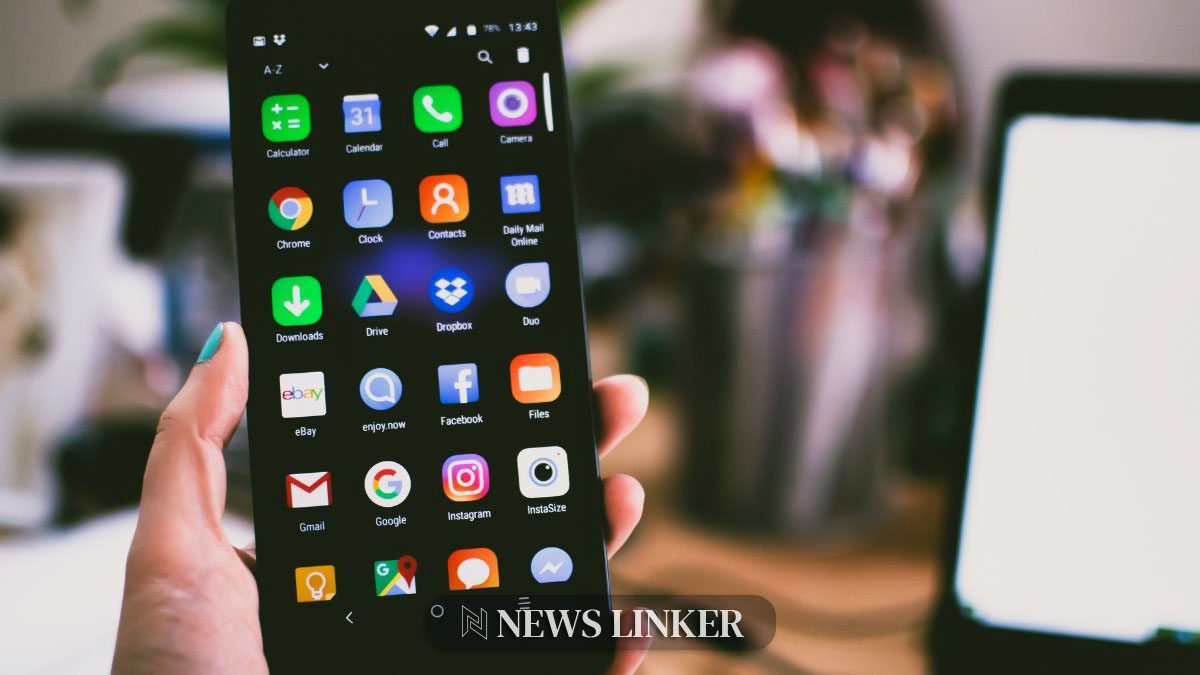The allure of Artificial Intelligence (AI) in Samsung‘s Galaxy S24 series is exerting a significant impact on global sales, with a notable portion of customers citing AI as their primary motivation for purchase. Insights reveal that 25% of Galaxy S24 owners were swayed by the AI functionalities, underlining the increasing consumer trend towards intelligent technology in smartphones.
The emphasis on AI in mobile technology is not a recent phenomenon. Over the years, the integration of AI in smartphones has been a subject of continuous enhancement, aiming to offer users a more personalized and efficient experience. From the ability to learn user habits for battery optimization to providing advanced photography features, AI has steadily transformed the way consumers interact with their devices. Samsung’s consistent investment in this area has culminated in the advanced AI features of the Galaxy S24, which are now resonating strongly with consumers.
What Are the Key AI Features?
The Galaxy S24 series boasts an array of AI-driven features that cater to user demands. The appetite for real-time translation has been particularly prominent, with 28% of consumers expressing an interest in this capability. Meanwhile, 24% were drawn to the enhanced photography options powered by AI, and 17% found the “circle to search” function – an intuitive feature for information retrieval – to be a compelling factor in their buying decision. These features are not only practical but also represent a leap towards more seamless and interactive experiences for users.
Has There Been Any Negative Feedback?
Despite widespread acclaim for the Galaxy AI features, Samsung has encountered some technical hiccups. Issues related to touchscreen responsiveness were linked to compatibility problems with certain Google app features. Samsung addressed these concerns by informing users through community forums that Google was working on enhancements to resolve these incompatibilities. For impacted models, a firmware update was promised to incorporate the necessary improvements. This instance displays Samsung’s commitment to rectifying user issues promptly, ensuring that the allure of the Galaxy AI remains untarnished.
Are Older Models Also Benefitting?
Samsung has extended the reach of its Galaxy AI features to older smartphone models, indicating a broader strategy to saturate its ecosystem with intelligent capabilities. This backward integration not only rejuvenates older devices but also solidifies brand loyalty among existing Samsung users who might not be ready to upgrade to the latest model. The strategy demonstrates an understanding of the diverse needs and financial considerations of Samsung’s consumer base.
Information of Use to the Reader
- AI features are a significant draw for smartphone consumers, indicating a market preference for intelligent functionalities.
- Technical challenges with new features should be expected, but manufacturer responsiveness can mitigate consumer concerns.
- Extending new features to older models can enhance brand loyalty and customer satisfaction.
The enticement of AI has indeed become a cornerstone in the commercial success of the Galaxy S24 series, suggesting that smart technology is a major driver in the consumer’s decision-making process. The Galaxy S24’s AI features, such as real-time translation and camera enhancements, are clear testimonies to Samsung’s investment in innovation, meeting the consumer demand for a smarter, more intuitive user experience. Furthermore, the proactive approach to addressing technical issues, such as the touchscreen responsiveness problem, reassures customers of Samsung’s dedication to quality assurance and customer service. By introducing these intelligent features to older devices, Samsung exhibits its commitment to long-term customer satisfaction, ensuring that even users of previous models can enjoy the latest technological advancements. This strategy not only maintains enthusiasm for the brand but also sets Samsung apart as a forward-thinking leader in the integration of AI into consumer electronics.










